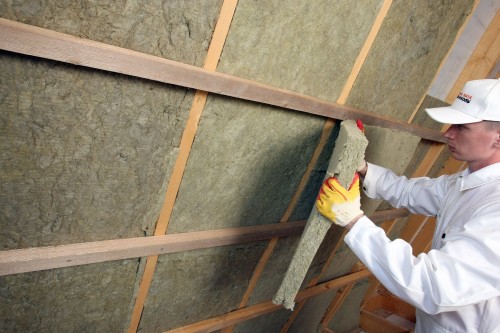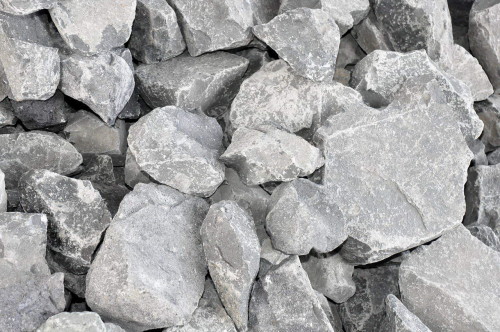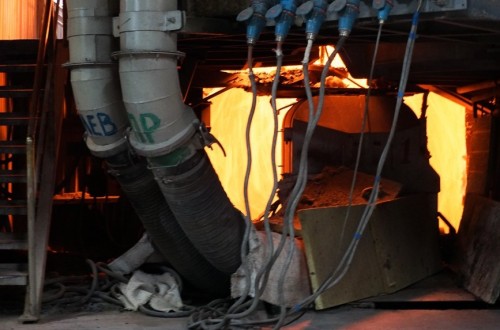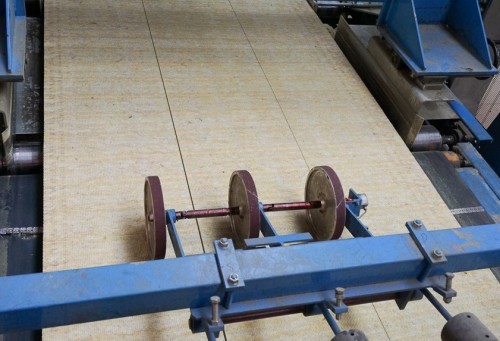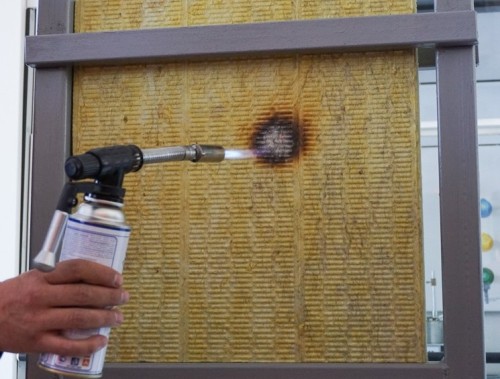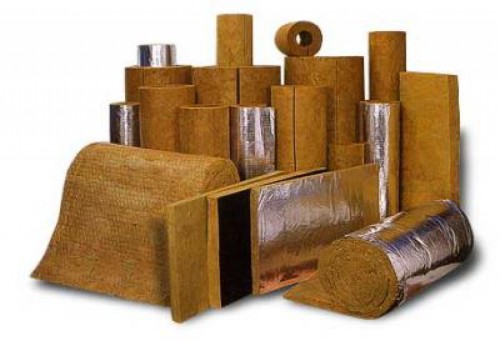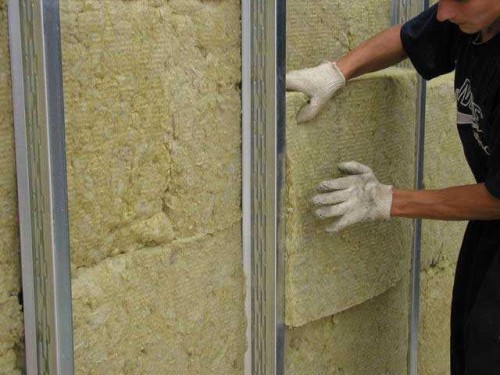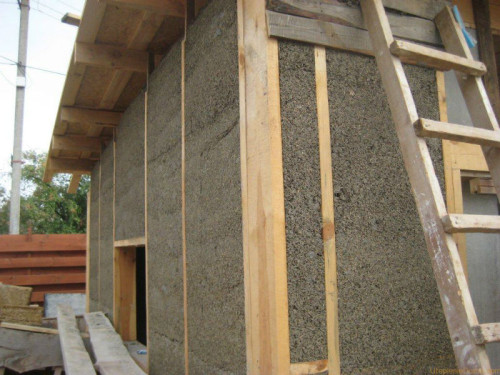
Stone wool: characteristics and features of application Insulation
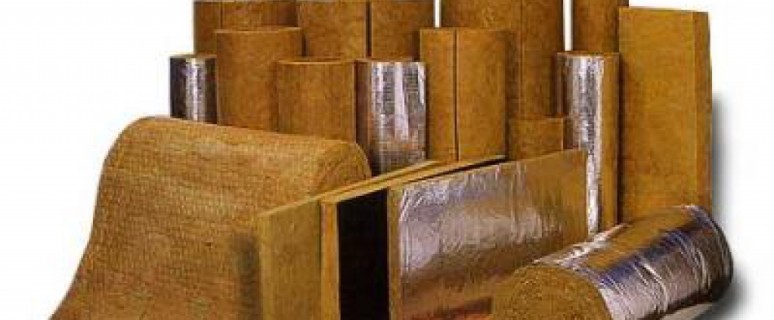
The modern building market offers consumers more and more new products. Nowadays, it's very difficult to keep track of new items, test the goods for quality to choose the best materials. When building a new house, I want all materials to meet safety standards, and that the house keeps the heat. How not to make a mistake in choosing insulation? Some professionals advise to stop their choice on a popular and inexpensive material - foam, others argue that the insulation does not exist better than mineral wool. Today we will talk about the insulating material popular in the construction market - stone cotton, consider the properties and use of the insulation.
Mineral wool is a popular building material used for the insulation of residential and industrial premises. For the production of insulation, 2 materials are used: glass and stone.
If glass is used for the insulation production, this material is called "glass gamble". From the broken glass and sand (quartz) as a result of melting, thin fiberglass obtained from which the canvas form.
The stone receives a similar product, referred to as "Stone Vata". Since rock rocks (basalt) are used as raw materials, most often such a insulation is called "basalt stone wool".
Each type of insulation differs not only externally (color, density and form). For example, a glass wool is a lightweight material and enough elastic, and stone wool slabs are stronger and heavy.
You can buy stone cotton wool in building supermarkets, the price of stone wool is several times higher than the cost of the insulation made of fiberglass.
Highly efficient thermal insulation material of the new generation is a stone wool. The name of the building material is unusual, wool - it should be a soft material, and the stone implies something solid. Thanks to the special processing of certain materials, a high-strength isolar is obtained, which can be called a new reference in the field of thermal insulation materials. The main task of stone wool is to have high heat transfer resistance. This is achieved by keeping inside the cells of the plates of air bubbles that remain motionless.
The raw material for the production of a modern insulation is a stone, namely the rocks of basalt groups. As a result of the compound of several materials (stone, fibers and binders), layers of insulation are obtained. In addition to high thermal insulation properties, the stone wool has a basic advantage - non-causing. The melting point of this material is from 1000 oC, so the insulation can be widely used in different areas of activity, including - for the insulation of fire hazardous objects.
About origin
Natural stone is used for the production of stone wool. The technology of production of the insulation is very interesting: on the one hand, it is possible to observe the artificial eruption of the volcano (such a production process is identical with natural phenomenon), on the other hand, when compliance with technology at the output, a strong material is obtained, which can be used to insulate the walls of different buildings: in production and To preserve heat in children's institutions.
A few words about production technology. The stone falls into special bunkers, where under the influence of high temperatures, melting occurs (about 1500 temperatures oWITH). Next, the stone lava is served in a centrifuge, where powerful air flows turn this material into stone fiber. The binding components add to it to give the form. In addition, the production process of creating the insulation involves the inclusion of additional materials that prevent moisture penetration.
The resulting fibers are poured into special forms and transmit further on the technological chain - in the chamber for solidification. As a result, a ready-made stone slab is obtained. So, the usual stone turns into a very necessary material, with an unlimited service life.
Stone wool. Specifications
In the modern market of building materials, we see a wide range of various insulation, including basalt stone wool. The material is characterized by high wear resistance and a number of other advantages.
The main properties of the material:
- Preservation of heat. In the insulation, there are porous materials that are kept warm. In the summer, the premises will be cool (these are the basic properties of natural stone), and in the cold season - the stone wool is able to keep warm in the house.
- Resistance to ignition. Stone wool is a non-combustible material. The insulation begins to melt at a temperature of more than 1000 oWITH.
- Sound insulation properties. Due to the disorderly weave of stone fibers, between which there is air, the material prevents the passage of sound waves.
- Resistance to moisture. The stove is powered by a composition that prevents the penetration of moisture.
- High vapor permeability - when the water vapor is formed in excess, the material is able to "output" them out.
- Durability. The life of the insulation of the stone is unlimited, it is possible to warm up your home 1 time and do not remember it anymore, because the natural material is a stone, it does not have the terms of wear.
- Preserving the initial sizes (stone slabs) for a long period of operation.
- Ecological pure material - stone cotton wool is safe for both human health and environmental. Biologically and chemically stable material.
Stone Wat Tehnonikol is a popular insulation in the building materials market (producer - Russia). Among the advantages of plates from stone are high insulating characteristics and heat conservation. Since the pores of the insulating material are filled with air, the thermal conductivity of the stone wool ranges from 0.035 to 0.039 W / MK.
It is very important that the stone wool is characterized by good vapor permeability, which means that a porous material consisting of stone fibers has a porous structure, and this in turn is responsible for moisture in the room. If you want to warm your dwelling with stone wool with stoves, then there will be no moisture indoors.
Stone wool does not burn.
One of the advantages of the contemporary insulation of stone is worth noting high stability to loads. Plates are able to withstand pressure up to 70 kPa (equated to 7 tons). The insulation plates are quite hard and tight material, the density of the stone wool is 75, 100 and 150 kg / m 3. For insulation of the inner walls and partitions, you can buy stone cotton wool in rolls.
Stone wool sizes:
- Plate "Rocklayt". Non-combustible material made from a mixture of 2 materials: mineral wool and basalt stone. It is applied in private construction as universal thermal insulation material. It has high water and vapor permeability, high compressive strength is marked. Convenient in montage and processing. Plates are recommended for the construction of residential buildings. Plate dimensions: Width: 500 and 600 mm, Length: 1000 and 1200 mm, Plate thickness - 50 mm. This type of insulation is widely used for the insulation of brick walls, from siding, mansard, floors, partitions and overlaps.
- Stone plates "Technolat" are made of basalt stone. Used for insulation of structures without external load: attic, partitions, attics, floors. Sizes of stone plates: 1000 x 500 and 1200 x 600 mm (length and width), the thickness ranges from 40 to 1000 mm (step 10 mm).
- Technoblocks - Plates are made of mineral wool with the addition of rock rocks. Sizes 1000 x 500 mm and 1200 x 600 mm, the thickness ranges from 30 to 200 mm (pitch 10 mm).
- Stone wool "Technovent". Used for thermal insulation during the repair and construction of objects of various purposes. The Russian company produces plates of this brand of 3 modifications: "Standard", "Optima" and "Profi". Each plate is distinguished by density and durability, as well as characteristics by thermal conductivity. Material dimensions: 1000 x 500 mm, 1200 x 600 mm, plate thickness from 30 to 200 mm (pitch 10 mm).
- Stone wool "Tekhnofas" - a robust plate consisting of stone and mineral wool. Widely used for the insulation of outer walls in residential and industrial premises. Sizes of plates: 1000 x 500 mm, 1200 x 600 mm, thickness from 40 to 150 mm (step 10 mm).
- The insulation "TechnoFlor" is an absolutely non-flammable material made of durable breeds of basalt stone. It is used for the insulation of any type of flooring (including for the insulation of "floating" floors and sex with integrated heating). Sizes 1000 x 500 mm, 1200 x 600 mm, thickness from 20 to 150 mm.
Montage of stone wool
The wide range of insulation allows the use of material both in construction and for the insulation of internal partitions, walls and floors. The insulation of the stone cotton objects is currently practiced in 90 cases out of 100.
When buying materials, it is important to follow the transport rules. So, the plates are transported strictly in a vertical position so that pressure does not turn out to be pressure. It is forbidden to flicker packaging with insulating material, so it is desirable to eliminate mechanical damage to the plates and contact with other construction materials.
For warming the house, the stone cotton must prepare a sharp and long construction knife, if it is necessary to cut insulating material into separate fragments. When insulating the facade of the building stone cotton, cut the plate is not needed.
During work, it is important to comply with the safety technique - the plates (if there is 50% of fiberglass), it is undesirable to compress to avoid deformation and reduce the thermal insulation properties of the material.
How to insulate a stone cotton wall internal wall:
- Installation of insulating material starts from a carrier frame. This decision will allow the installation to execute without effort and prevent the formation of cracks and warping.
- In order to proceed with the wall insulation, it is necessary to prepare a framework of wooden beams go metal rails. To do this you need battens, fixing material, an electric drill.
- The principle of frame structures for flagstone installation is identical to the installation of drywall. You should have a vertical frame with a transverse rail. If the room height is more than 3 meters, then the need to install additional plug from wooden beams to prevent the load on the plate.
- Once the frame is ready to proceed with stacking plates. Begin stack plate on the angle between the rafters in order to avoid unnecessary material consumption.
- We will insulate the walls in a simple manner, that is - in the space with insulation material inserted. Perform this part of the work not be easy, because the plate 1 side is more flexible (springy edge of the material). There is another way, as if the carcass construction, the wall mounted special clamps, which then need to "impose" plate. The second option is more time consuming, but the plate is best to stay on the wall.
- Then you can put on the insulating layer vapor barrier material and leave the "air cushion". Only then can you begin the installation of gypsum board (with the installation of a metal frame for fixing) and then choose the most convenient option finishing the interior.
For the insulation of the walls and partitions inside the room, it is enough to install 1 layer of stone wool (10 cm thick). In order to insulate for example, a scope roof, it is necessary to use 2 layers of the insulation (10 cm thickness each) and before starting to install, shelter the roof over the entire area with vapor insulation material.
Stone wool is a modern and popular material in the building materials market. Vata is suitable for insulation of the roof, thermal insulation of facades, insulation of partitions, roofs, walls and even basements. Any place where it is necessary to lay a layer of insulation - a stone wool is suitable.
How to work with stone cotton, see this video:




